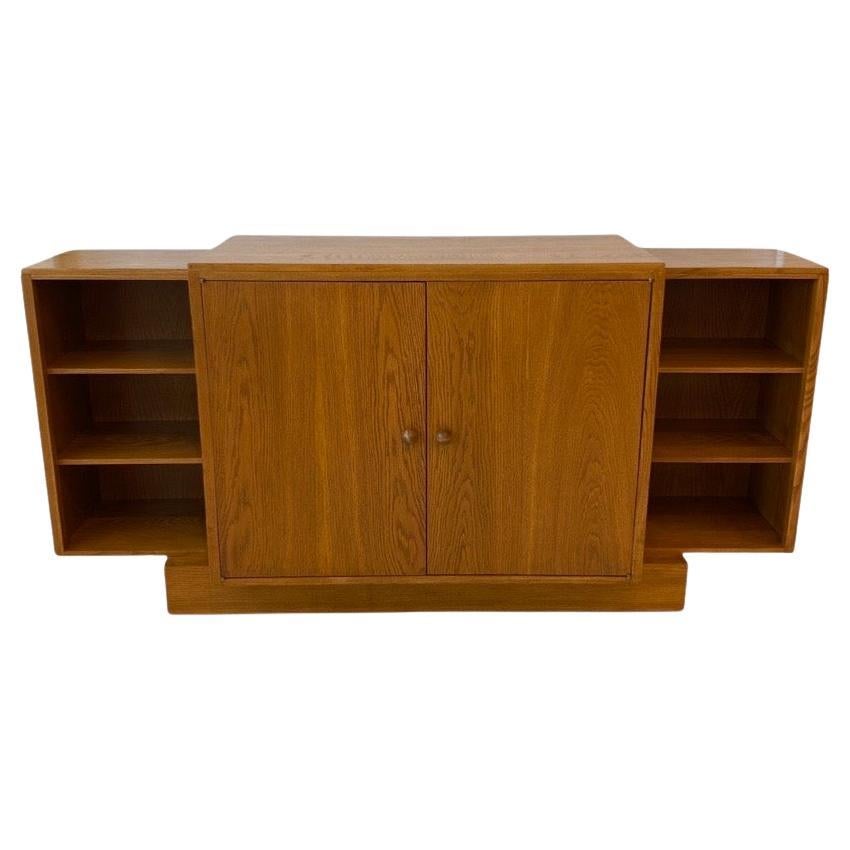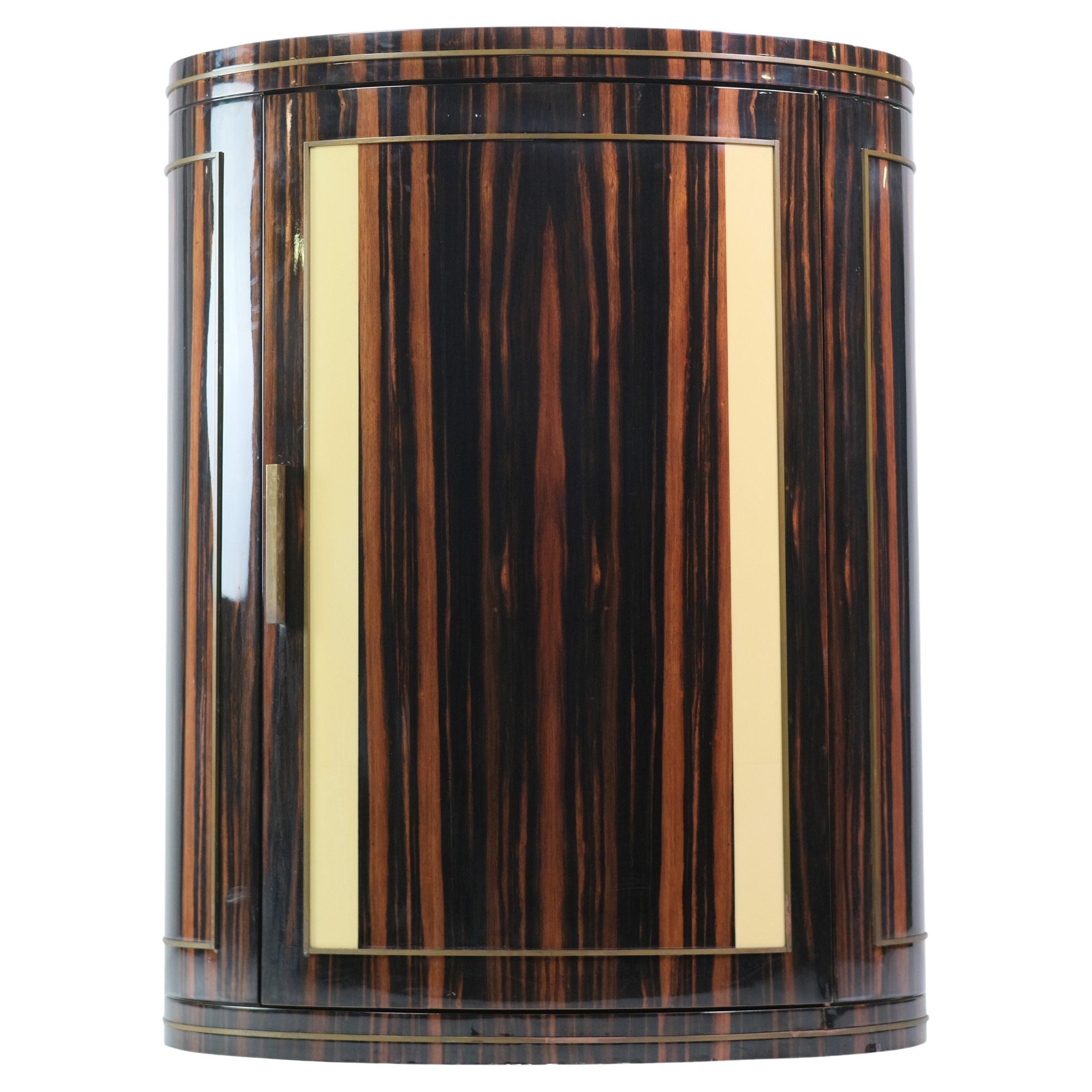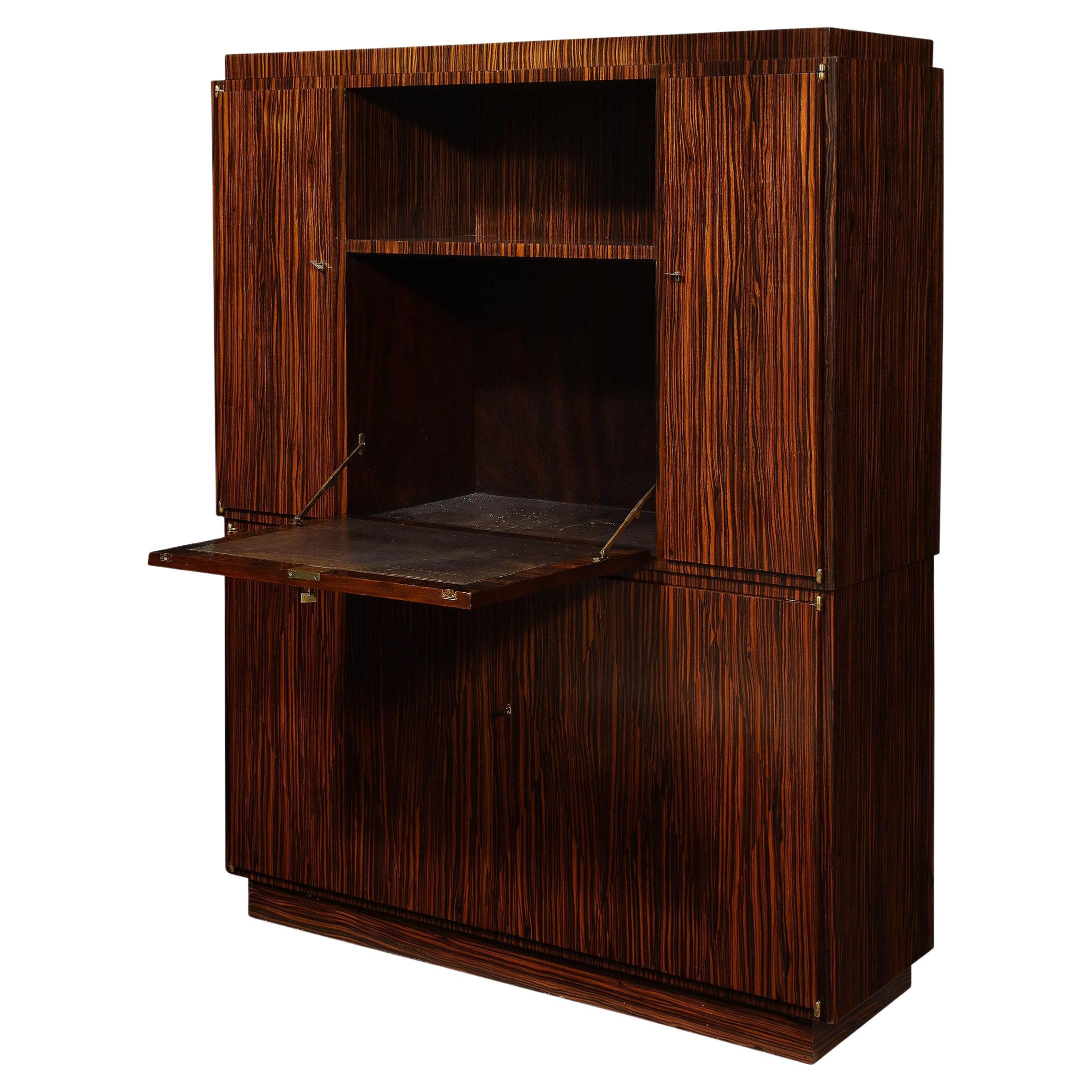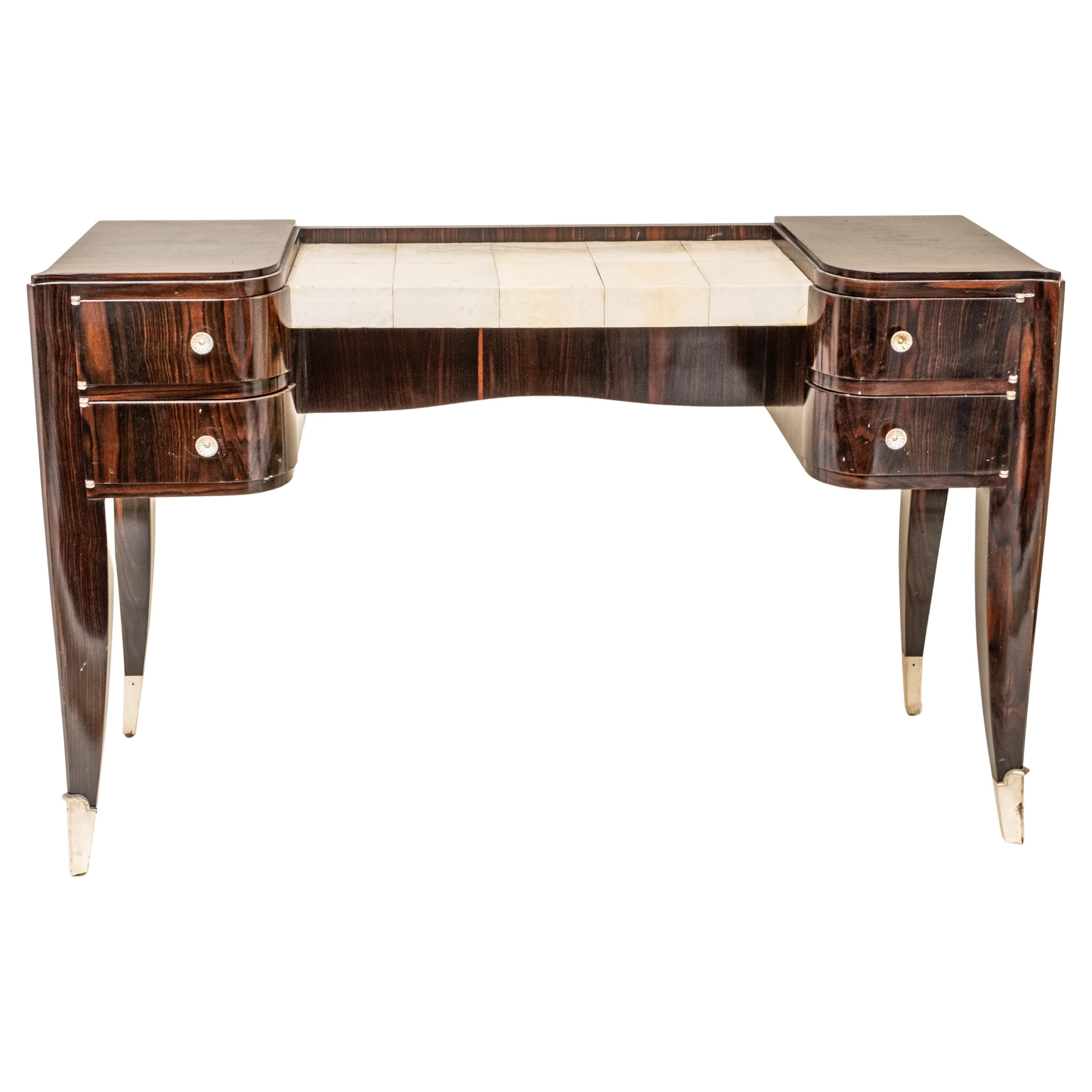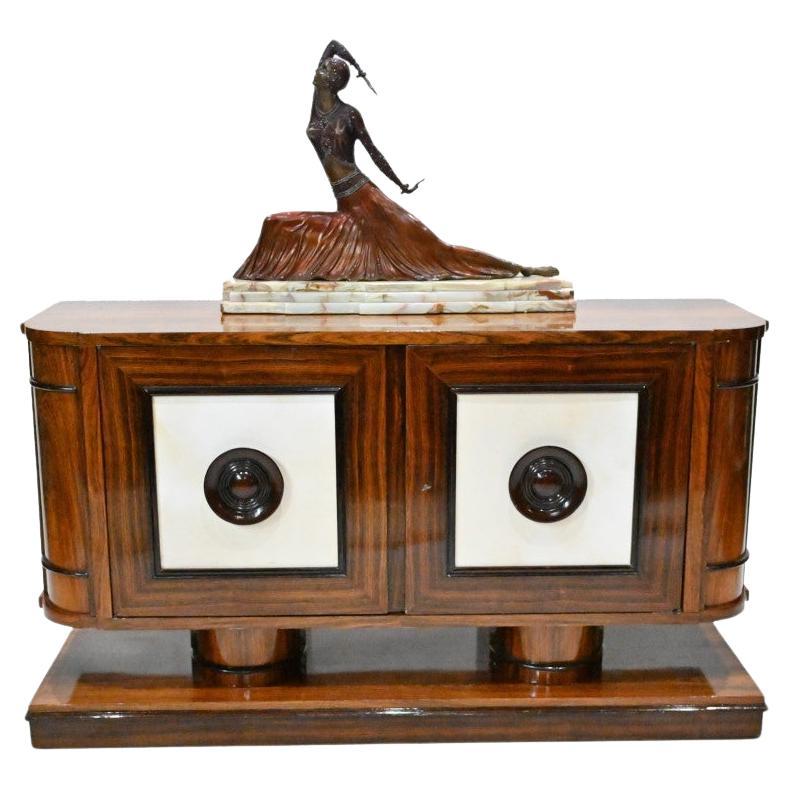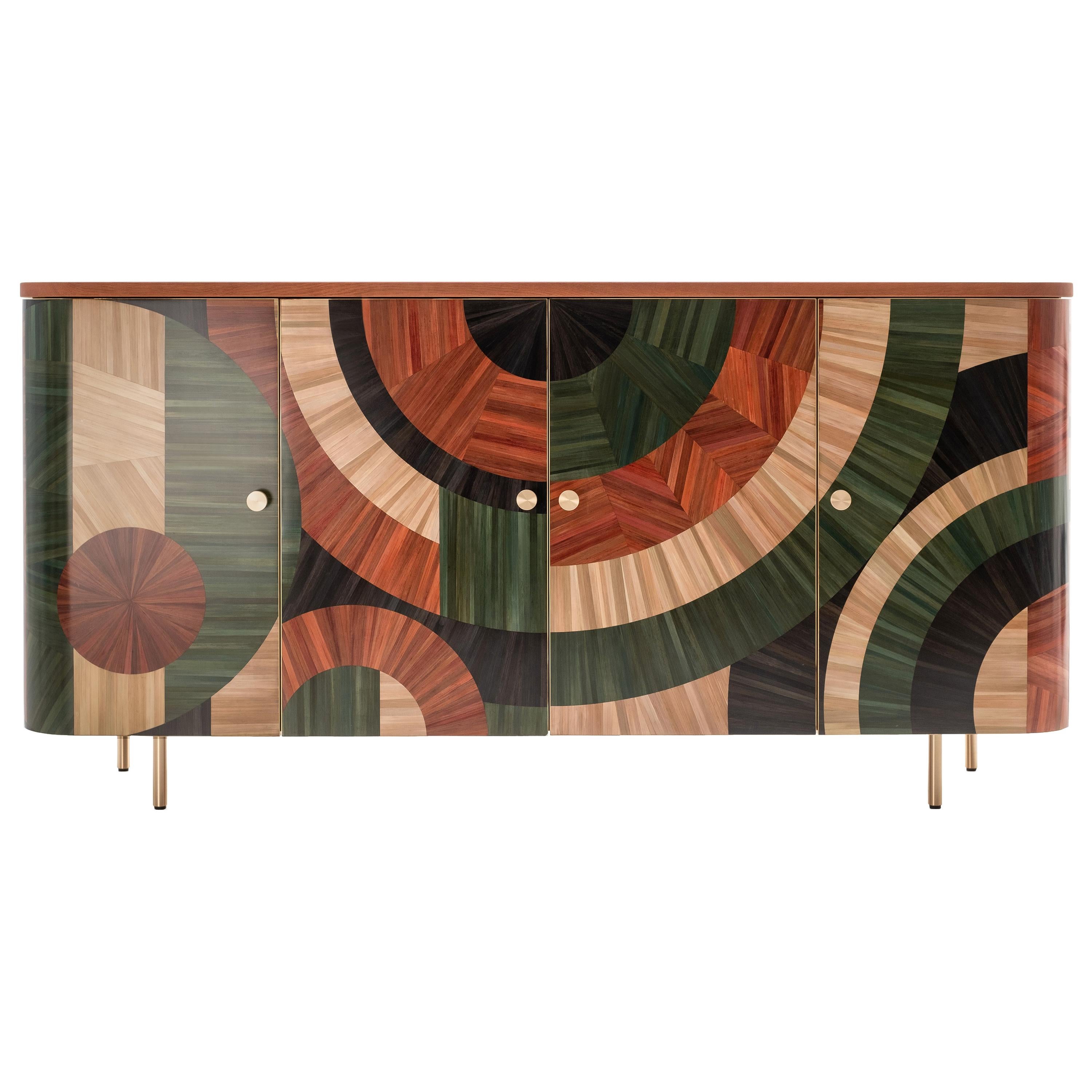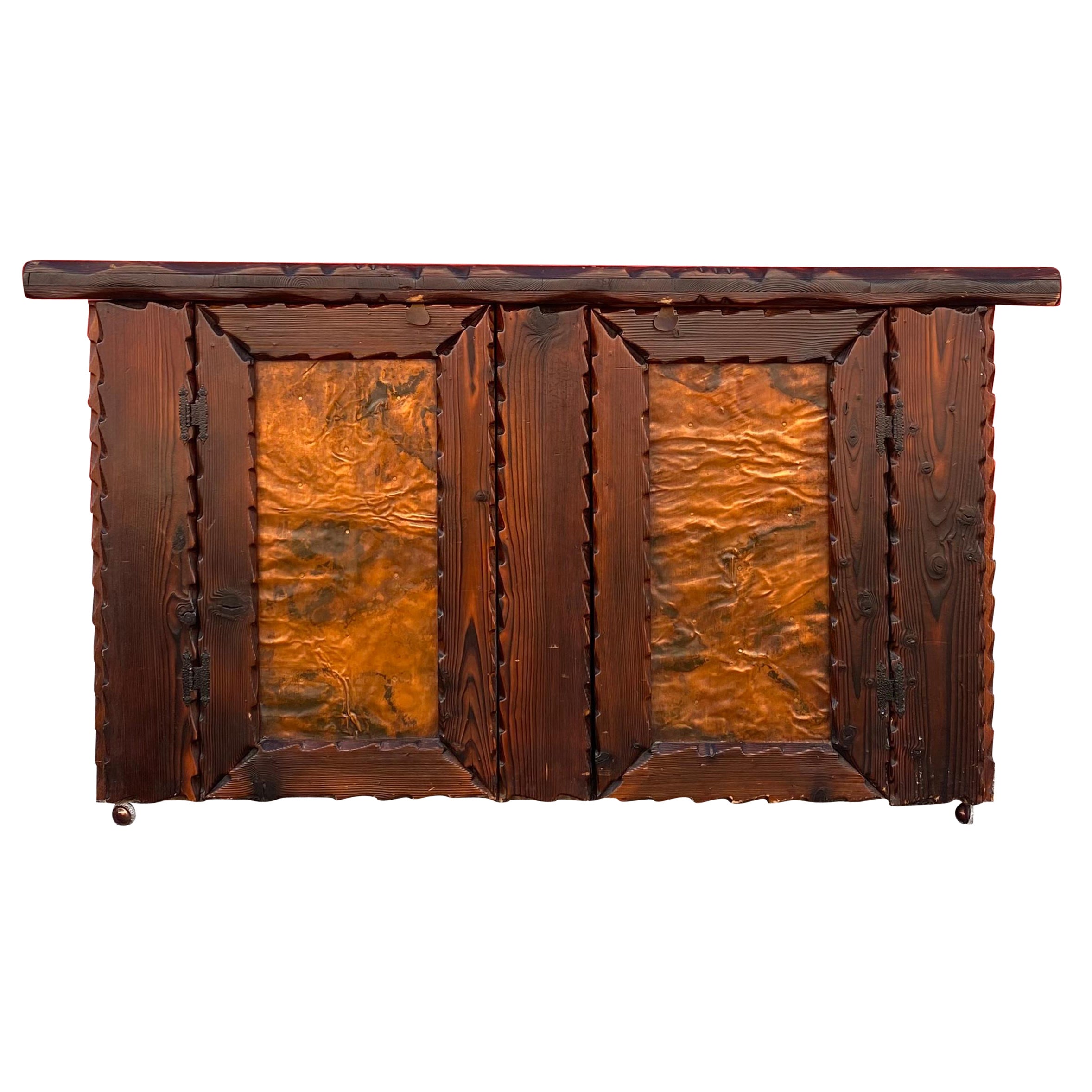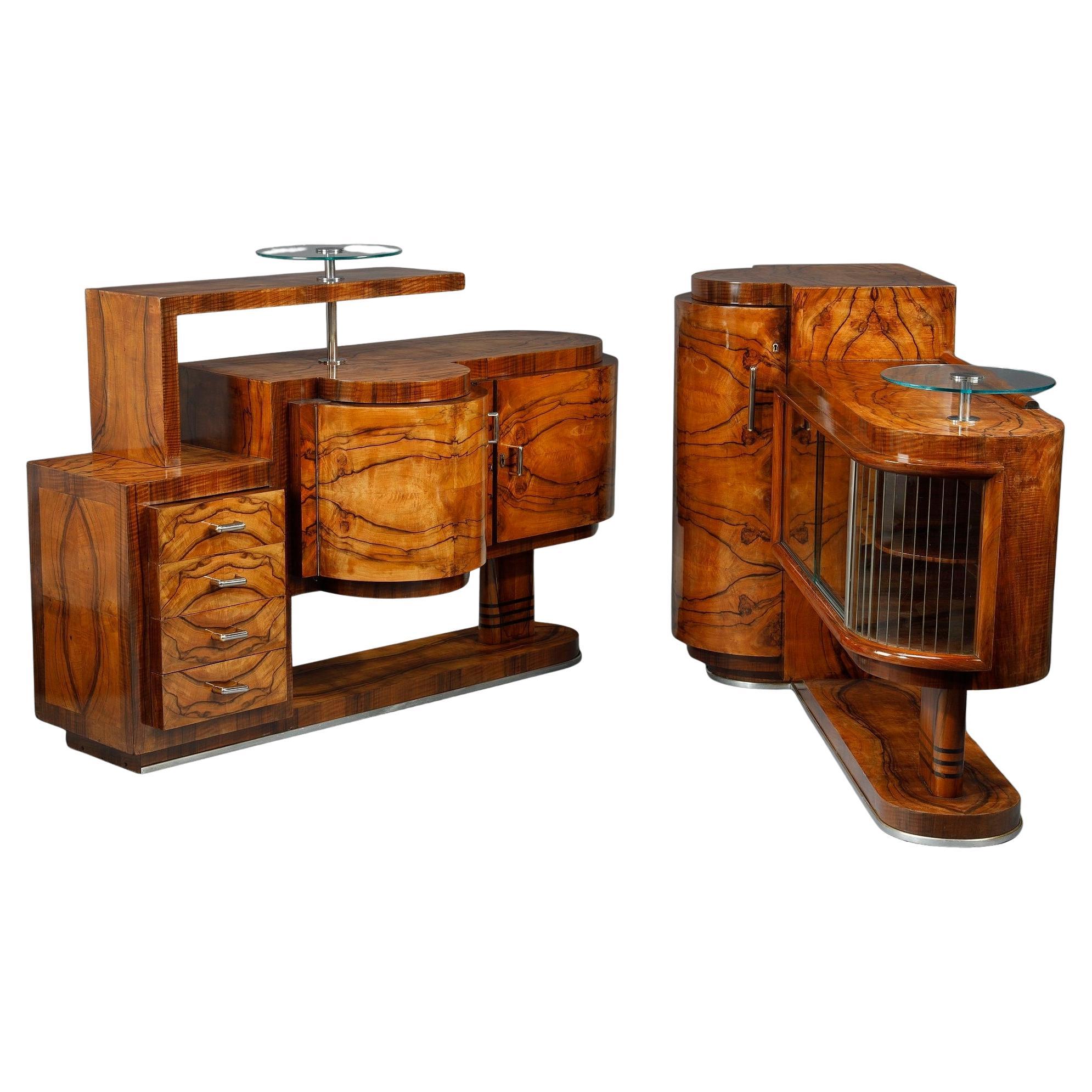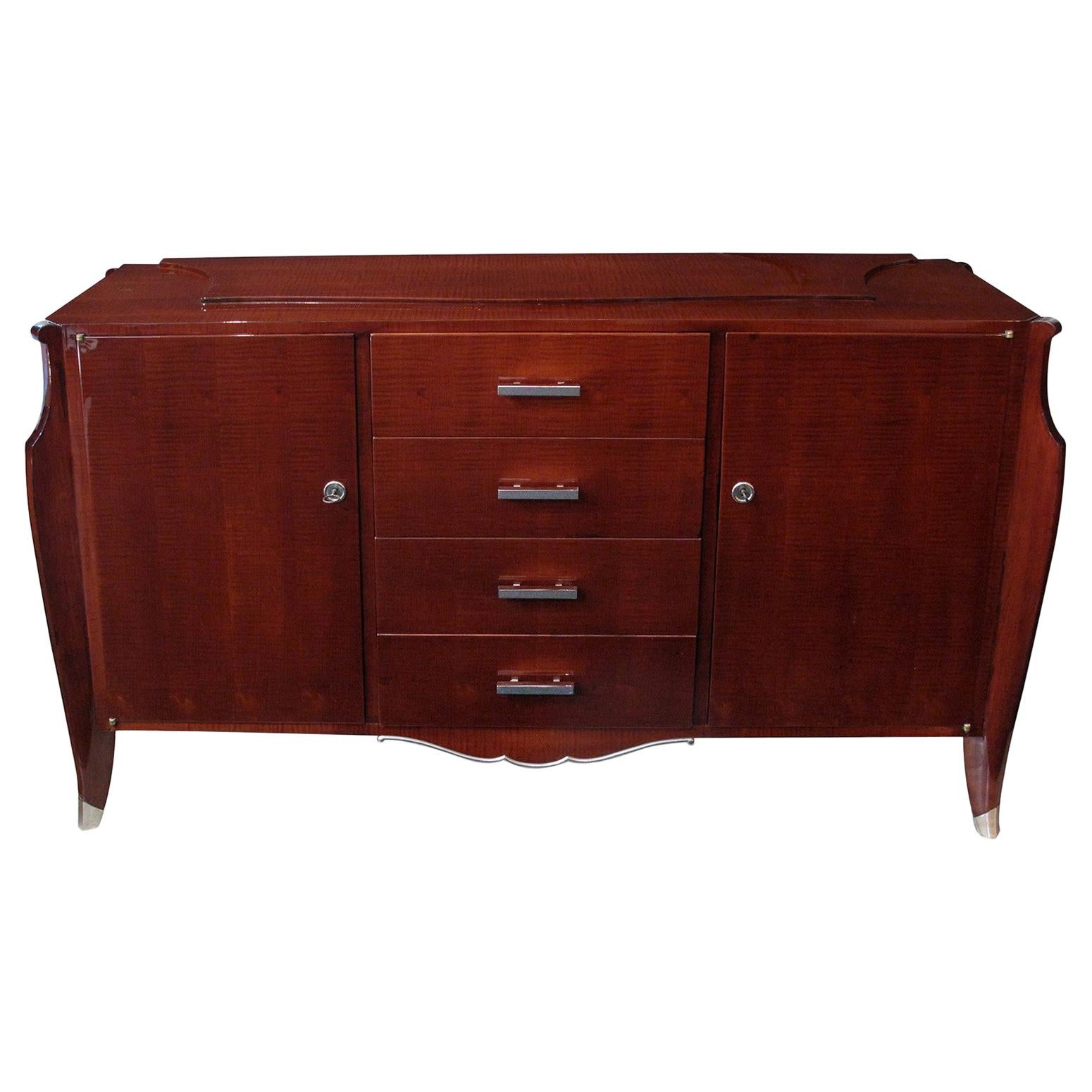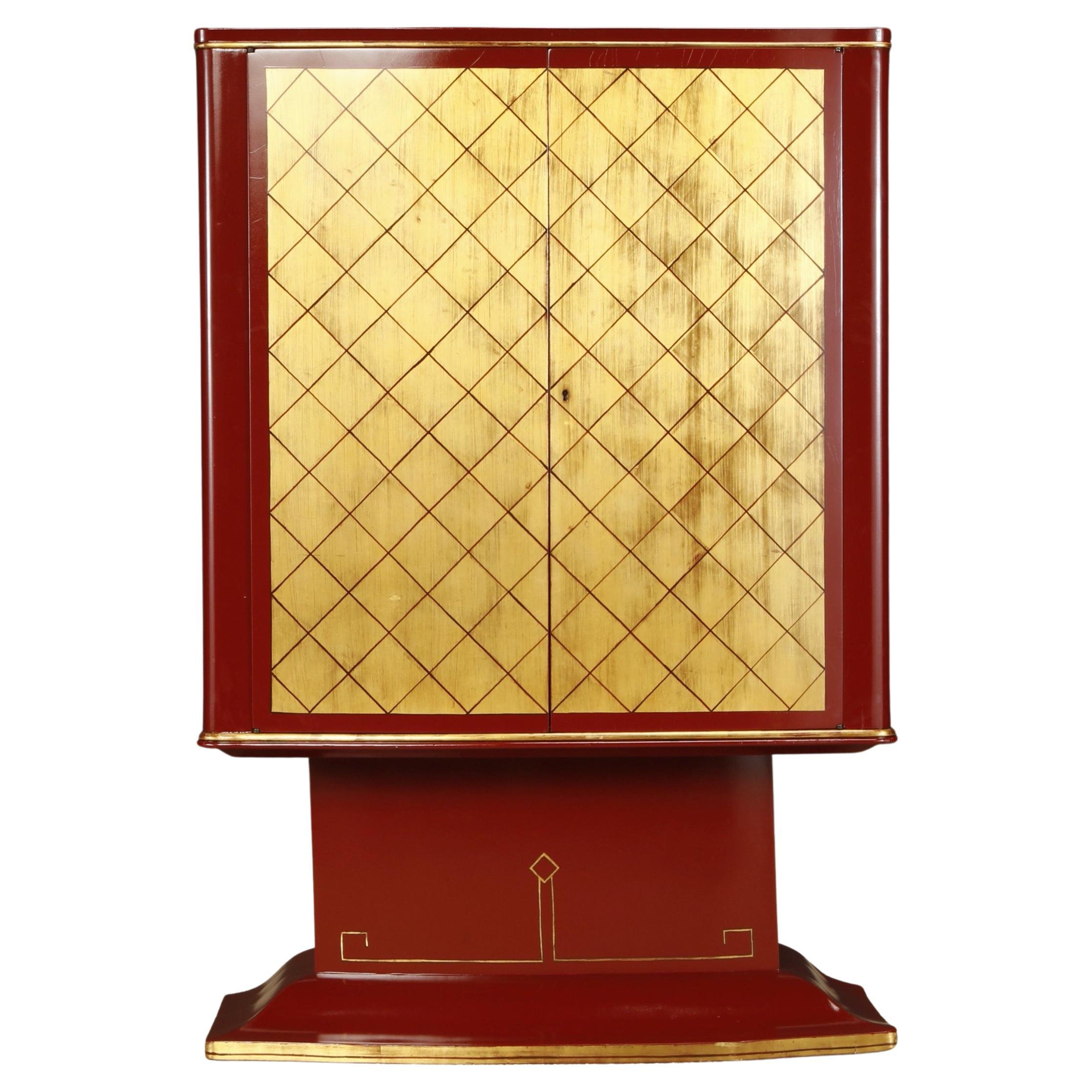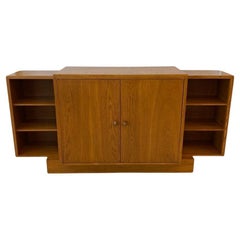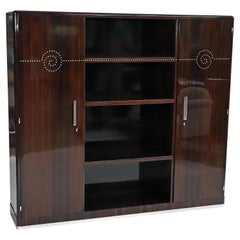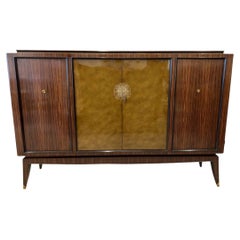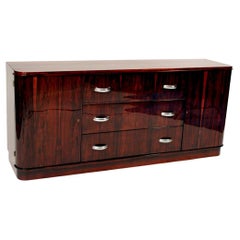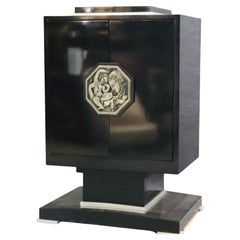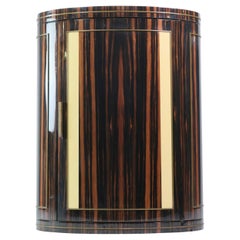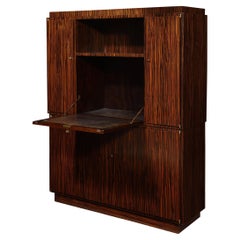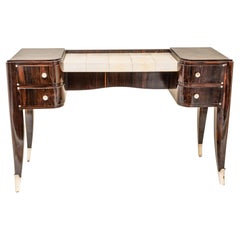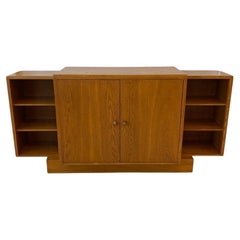
Art Deco Sideboard / Cabinet by Jacques Émile Ruhlmann
View Similar Items
Art Deco Sideboard / Cabinet by Jacques Émile Ruhlmann
About the Item
- Creator:Émile-Jacques Ruhlmann (Artist)
- Dimensions:Height: 38.5 in (97.79 cm)Width: 78 in (198.12 cm)Depth: 19.5 in (49.53 cm)
- Style:Art Deco (Of the Period)
- Materials and Techniques:
- Place of Origin:
- Period:
- Date of Manufacture:1930
- Condition:Refinished.
- Seller Location:Miami, FL
- Reference Number:Seller: A16271stDibs: LU5549229234252
Émile-Jacques Ruhlmann
Endeavoring to create exquisite work that would endure forever, designer Émile-Jacques Ruhlmann defined the grandeur of the French Art Deco movement of the 1920s. His luxurious storage cabinets, seating, other furniture and interiors garnered considerable popularity alongside the growth in post–World War I Paris’s population of newly wealthy residents.
The Paris-born Ruhlmann was the son of a decorating contractor, a business he took over in the early 1900s and expanded into furniture and interior design. But by the end of his career, he was best known for being a skilled ensemblier, a term for a designer who not only makes furniture and decorates spaces but rather personally crafts each and every piece required in the space, from doorknobs to sofas. This practice ensured that the space was harmonious and consistent with Ruhlmann’s vision, and it contributed to the lasting popularity of his designs.
Ruhlmann enjoyed the patronage of the newly affluent and was encouraged by the popularity of Art Deco. While the Arts and Crafts and Art Nouveau movements were early influences, he is renowned for the modernity of his Art Deco–era designs, which reflected the celebratory nature of the times, including an integration of opulent flourishes; luxurious materials like Macassar ebony, amboyna burl, ivory and precious metals; and skilled craftsmanship and construction techniques.
Renowned all over the world, Ruhlmann was commissioned by the Metropolitan Museum of Art in New York to design a cabinet in 1925, embellishing its curved door with a sophisticated floral motif by way of an ornate marriage of wood and ivory veneer. Also in 1925, at the Exposition Internationale des Arts Décoratifs et Industriels Modernes, arguably the exhibition that introduced Art Deco on an international level, his pavilion was the most popular.
By the time the economic depression of the 1930s materialized, Ruhlmann’s exorbitantly expensive designs were no longer viable. But the majesty and elegance of the ’20s remain an important part of design history, and Ruhlmann has been described as “perhaps its finest exponent.”
Find a collection of authentic Émile-Jacques Ruhlmann furniture on 1stDibs.
More From This Seller
View All20th Century French Art Deco Cabinets
Oak
20th Century French Art Deco Cabinets
Mother-of-Pearl, Walnut
20th Century French Art Deco Cabinets
Macassar, Lacquer
20th Century French Art Deco Buffets
Nickel
20th Century French Art Deco Table Lamps
Silver Plate
Antique 19th Century French Art Deco Cabinets
Goatskin, Macassar
You May Also Like
20th Century Art Deco Cabinets
Silver Leaf
Early 20th Century Art Deco Cabinets
Brass, Enamel
Early 20th Century Secretaires
Macassar
20th Century Art Deco Desks
Steel
Vintage 1950s Mid-Century Modern Sideboards
Wood
Vintage 1930s Art Deco Cabinets
Wood
